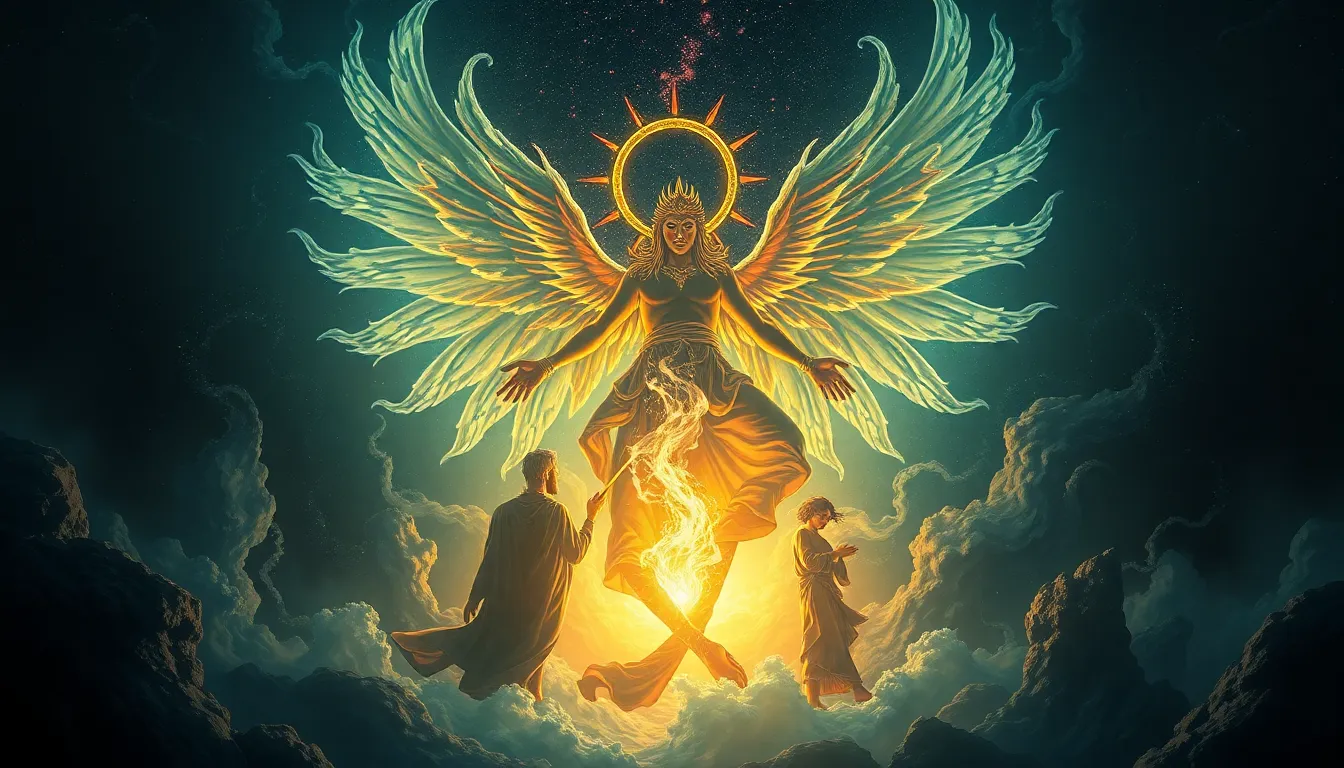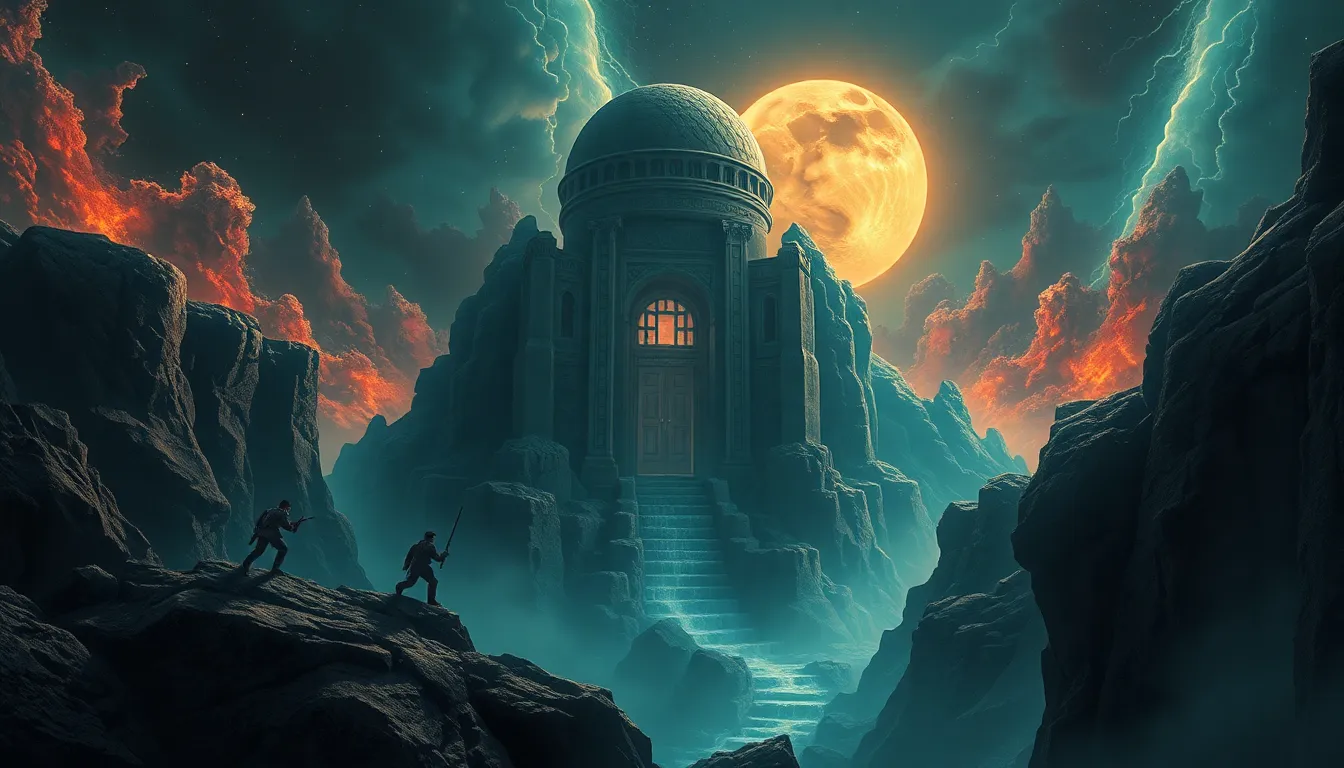The Concept of Transformation and Evolution in Norse Mythology
Exploring the Idea of Transformation in Norse Mythology
In Norse mythology, transformation plays a significant role in the stories of gods, giants, and other mythical beings. The idea of shape-shifting or changing forms is prevalent throughout various myths. One prominent example is the god Loki, known for his ability to transform into different creatures to deceive or achieve his goals.
The Evolution of Characters in Norse Mythology
As the rich tapestry of Norse mythology unfolds, so do the characters within it. Deities like Odin, Thor, and Freyja undergo personal and symbolic transformations that reflect deeper meanings and themes. For instance, Odin’s self-sacrifice and pursuit of wisdom showcase a journey of personal evolution and growth.
Symbolism of Transformation in Norse Mythology
Beyond mere physical changes, transformations in Norse mythology often carry symbolic weight. The motif of rebirth, renewal, and growth can be seen in tales of gods overcoming challenges or embracing new identities. The myth of Ragnarök, the apocalyptic event leading to a new world, encapsulates this idea of transformative change on a cosmic scale.
Impact of Evolution in Norse Mythology on Culture and Art
The concepts of transformation and evolution in Norse mythology have left a lasting impact on culture and art. From ancient Scandinavian sagas to modern interpretations in literature and pop culture, the themes of change and growth continue to resonate with audiences worldwide. The enduring allure of Norse mythology lies in its ability to reflect the complexities of human experience through the lens of divine beings and epic narratives.
FAQ: The Concept of Transformation and Evolution in Norse Mythology
What is the significance of transformation in Norse mythology?
In Norse mythology, transformation symbolizes the ability to adapt, change, and grow. It often represents the cyclical nature of life, death, and rebirth, highlighting the importance of evolution and renewal.
How do Norse myths depict the theme of evolution?
Norse myths portray evolution as a constant process of growth and development, both in individuals and the world around them. Characters and beings evolve through challenges and experiences, embodying the concept of personal and cosmic transformation.
Can you give examples of transformation in Norse mythology?
Examples of transformation in Norse mythology include Loki’s shapeshifting abilities, Odin’s sacrifices to gain knowledge, and the transformation of Yggdrasil, the World Tree, which connects the nine realms and signifies the interconnectedness of life and growth.



